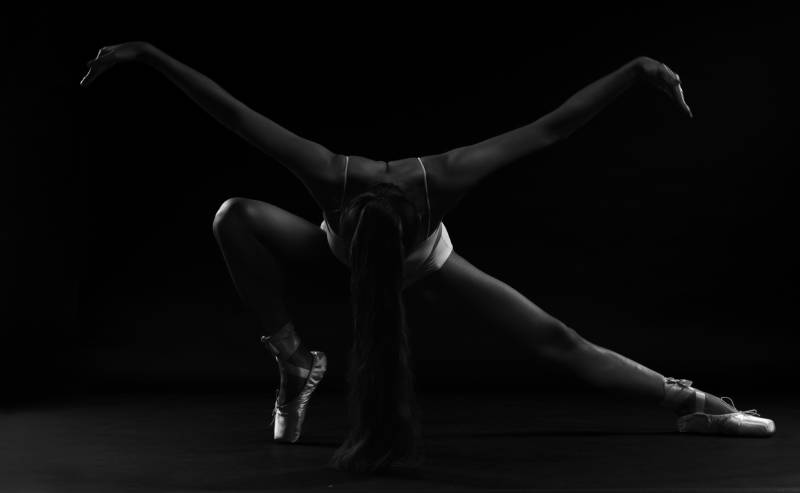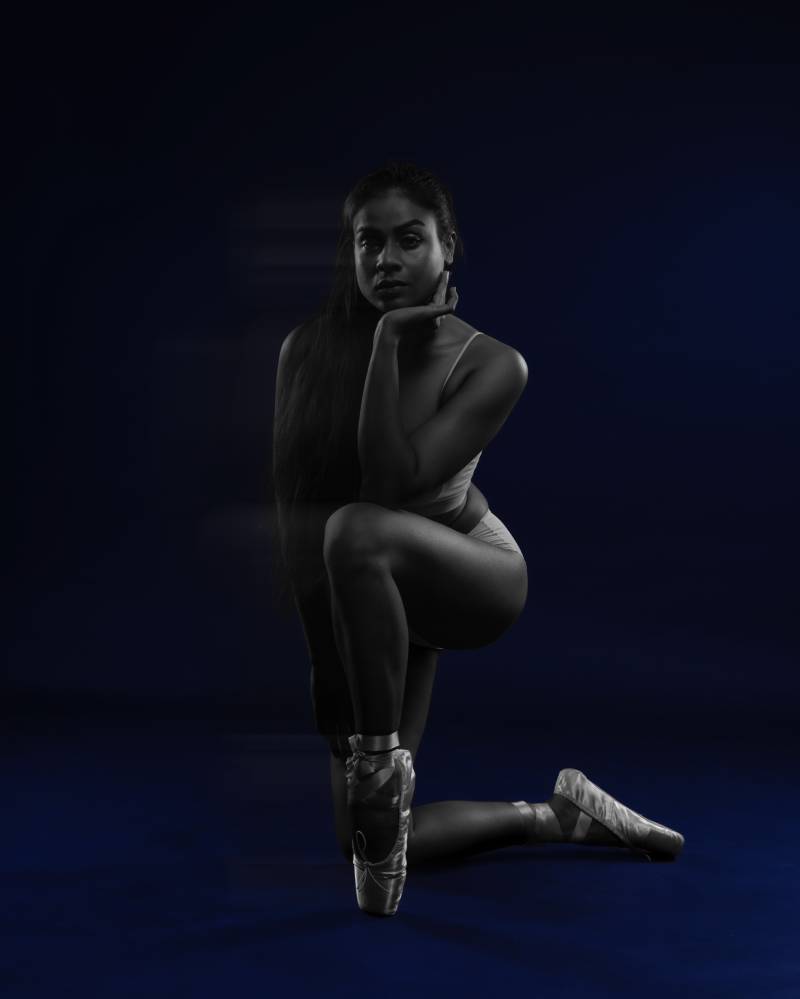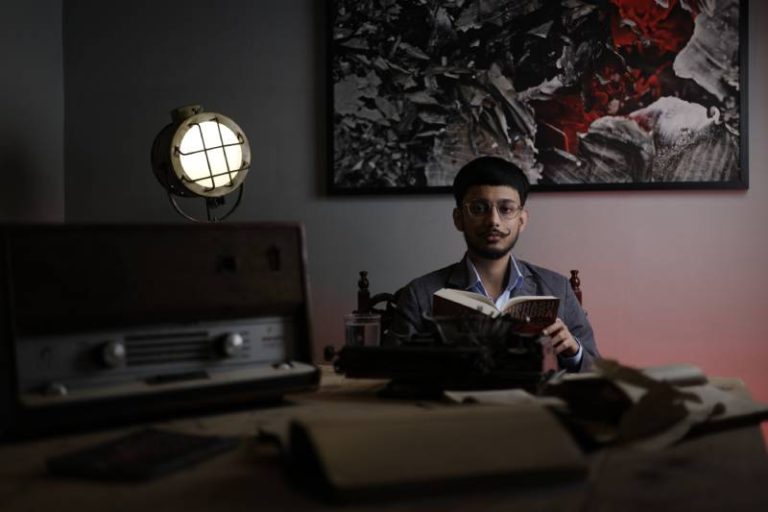A fine arts education is paramount in fostering creativity and personal expression. As Dr. Kerry Freedman, an art education researcher, notes, art education stimulates imagination and innovation, encouraging students to explore their unique creative voices. Fine arts courses expose students to diverse artistic practices and styles, enabling them to experiment with new ideas and techniques, thus broadening their artistic horizons. In the realm of creative disciplines, fine arts Bachelors courses are often considered the cornerstone for budding artists. These courses encompass a wide range of artistic practices, including photography, painting, sculpture, printmaking, and digital art, offering a structured yet expansive platform for artistic development. Below, we delve into the essential reasons why a fine arts course is invaluable for aspiring artists, supported by research, expert statements, and factual evidence.
Holistic Development of Artistic Skills
Comprehensive Skillset:
Fine arts courses are meticulously designed to provide students with a broad spectrum of skills. According to a study by the National Endowment for the Arts, structured arts education helps in the development of critical thinking, problem-solving, and fine motor skills, which are essential for any artistic practice. These courses teach technical proficiency in various mediums and techniques, ensuring that students can express their creativity effectively.
Foundation and Advanced Techniques
The curriculum in a fine arts course, such as the Bachelor’s in Fine Arts Photography at IIP Academy, is meticulously structured to provide a robust foundation and progressive advancement in artistic techniques. This comprehensive approach ensures that students develop a well-rounded skill set, essential for their growth as proficient artists.
Foundational Courses:
The journey begins with foundational courses that introduce students to the basic principles of art. These initial classes cover fundamental concepts such as color theory, composition, and anatomy.
Color Theory: Understanding color theory is crucial for any artist. It involves studying the color wheel, relationships between colors, and how to use color effectively to evoke emotions and create harmony in artwork. Courses on color theory teach students about primary, secondary, and tertiary colors, as well as concepts like complementary and analogous color schemes.
Composition: Composition courses focus on the arrangement of visual elements in a work of art. Students learn about the rule of thirds, leading lines, balance, and symmetry. These principles help artists create visually appealing and dynamic compositions, guiding the viewer’s eye through the artwork in an intentional way.
Anatomy: For those focusing on portrait or figure drawing, understanding human anatomy is essential. Anatomy courses teach students about the structure and function of the human body, enabling them to depict realistic and proportionate figures. This knowledge is fundamental for creating lifelike representations in various artistic mediums.
Advanced Techniques and Specialization:
As students progress through the program, they move on to more advanced techniques and specialized areas of study. This transition allows them to build on their foundational knowledge and refine their craft.
Advanced Photography Techniques: In advanced photography courses, students delve deeper into technical aspects such as lighting, exposure, and post-processing. They learn how to manipulate light to achieve desired effects, understand the intricacies of camera settings, and use software tools for editing and enhancing their photographs.
Specialized Genres: Students have the opportunity to specialize in various genres of photography, such as portrait, landscape, wildlife, fashion, and documentary photography. Each genre has its own set of techniques and stylistic considerations. For example, portrait photography emphasizes lighting and posing, while landscape photography focuses on composition and natural light.
Experimental Techniques: Advanced courses often encourage students to experiment with different materials and methods. This could include alternative photographic processes, mixed media, or digital manipulation. Experimentation fosters creativity and innovation, allowing students to develop a unique artistic voice.
Critical Studies and Art History: Understanding the historical context and critical theories of art is essential for any artist. Courses in art history and critical studies provide insights into the evolution of artistic styles and movements, helping students to situate their work within a broader cultural and intellectual framework.
Structured Learning Pathway:
This structured learning pathway, from foundational to advanced courses, ensures that students have a strong technical foundation to build upon. It allows them to gradually develop their skills, gain confidence, and explore their artistic potential. The curriculum is designed to be progressive, with each stage building on the knowledge and techniques acquired in the previous one.
Continuous Feedback: Throughout their studies, students receive continuous feedback from instructors and peers. Constructive critiques help them identify areas for improvement and refine their techniques. This iterative process of creation, feedback, and revision is fundamental to artistic development.
Portfolio Development: As part of their advanced training, students work on creating a professional portfolio. This involves selecting and presenting their best work, demonstrating their skills and artistic vision. A well-curated portfolio is essential for career advancement, whether they pursue freelance work, exhibitions, or commercial photography.
Industry Readiness: By the end of the program, students are equipped with a comprehensive skill set that prepares them for various career paths in the art and photography industry. The combination of technical proficiency, creative exploration, and critical understanding ensures they are ready to meet the demands of the professional art world.
At IIP Academy, the focus on both foundational and advanced techniques, combined with specialized training and continuous feedback, nurtures each student’s potential. This holistic approach to education is designed to produce not only skilled photographers but also innovative thinkers, artists, and leaders in the field of photography.
Encouragement of Creative Expression
Fostering Creativity:
Fine arts courses emphasize the importance of creativity and personal expression. According to Dr. Kerry Freedman, a leading art education researcher, art education fosters imagination and innovation, encouraging students to explore their unique creative voices. This creative freedom is crucial for artists to develop their signature styles and stand out in the art world.
Exposure to Diverse Artistic Practices:
Courses in fine arts often include a variety of artistic practices and styles, exposing students to different cultural and historical perspectives. This exposure broadens their understanding of art and inspires them to experiment with new ideas and techniques.
Professional and Personal Growth
Professional Readiness:
A fine arts course prepares students for the professional art world. It includes training in portfolio development, art critique, exhibition planning, and art marketing. According to the Association of Independent Colleges of Art and Design (AICAD), fine arts graduates are better equipped to navigate the competitive art market due to their comprehensive training and professional exposure during their studies.
Personal Fulfillment:
Engaging in fine arts is also a deeply personal journey. Studies, such as those conducted by the American Psychological Association, have shown that creating art can improve mental health, reduce stress, and enhance overall well-being. The process of making art allows for self-reflection and emotional expression, contributing to personal growth and fulfillment.
Networking and Community Building
Collaborative Environment:
Fine arts courses often emphasize collaborative projects and group critiques, fostering a sense of community among students. This collaborative environment helps students learn from their peers, gain different perspectives, and develop critical feedback skills.
Networking Opportunities:
Being part of a fine arts program also provides networking opportunities with established artists, gallery owners, and art critics. These connections can be invaluable for career advancement and exposure in the art world.
Access to Resources and Facilities
State-of-the-Art Facilities:
Many fine arts programs are housed in institutions with state-of-the-art facilities, including studios, galleries, and digital labs. These resources provide students with the tools and space needed to create their work and experiment with new techniques.
Access to Materials:
Institutions often provide access to a wide range of art materials and equipment that students might not afford on their own. This access allows for experimentation and learning without the financial burden of purchasing expensive supplies.
Expert Guidance and Mentorship
Mentorship:
One of the most significant advantages of a fine arts course is the access to experienced instructors and mentors. These professionals provide invaluable guidance, helping students hone their skills, develop their artistic vision, and navigate the art world. As per a report by the National Art Education Association (NAEA), mentorship in art education significantly enhances students’ learning experiences and professional outcomes.
Critique and Feedback:
Regular critiques and feedback sessions are integral to fine arts courses. These sessions help students develop a critical eye, improve their work, and learn to articulate their artistic choices. Constructive criticism from peers and instructors is essential for growth and improvement.
Conclusion
A fine arts course is not just about learning to create art; it is about developing a comprehensive understanding of artistic practice, fostering creativity, and preparing for a professional career in the arts. The structured learning, expert guidance, access to resources, and opportunities for personal and professional growth make fine arts courses indispensable for aspiring artists. For those passionate about pursuing a career in the arts, enrolling in a fine arts program is a transformative step that opens up a world of possibilities.





